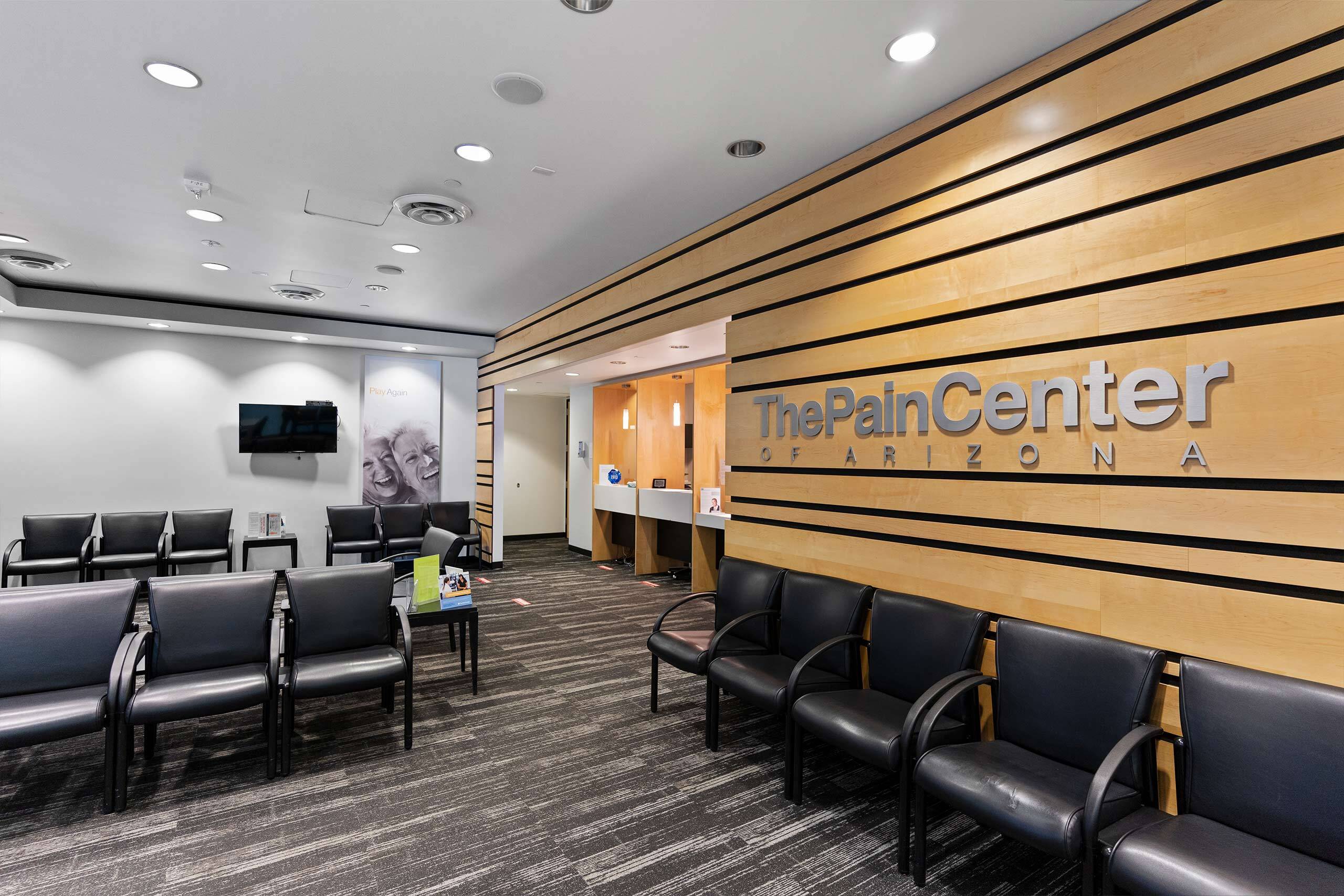Peripheral Nerve Block
A peripheral nerve block is an injection therapy that reduces the pain of different neuropathies, including peripheral neuropathy, diabetic peripheral neuropathy, migraine, and neuropathic pain. This procedure injects a combination of local anesthetic agents around the peripheral nerve branches for optimal pain relief. Peripheral nerve blocks may provide relief that lasts anywhere from a few weeks to a few months, depending on the patient’s condition.


What is Peripheral Nerve Block?
A peripheral nerve block is an injection therapy that reduces the pain of different neuropathies, including peripheral neuropathy, diabetic peripheral neuropathy, migraine, and neuropathic pain.
What Types of Pain Does a Peripheral Nerve Block Treat?
Long term pain from different neuropathies, including:
- Peripheral neuropathy
- Diabetic neuropathy
- Migraines
How Does a Peripheral Nerve Block Work?
This regional nerve block procedure injects a combination of local anesthesia around the peripheral nerve branches for optimal pain relief, blocking pain signals released from the targeted nerves sent to your brain.

Expectations and Recovery
Pain medicine from peripheral nerve blocks may provide relief that lasts anywhere from a few weeks to a few months, depending on the patient’s condition.
You will be advised to avoid driving and operating heavy machinery for at least 24 hours after the procedure.
What Causes Migraines?
Headaches are common among nervous system disorders and can be caused by a variety of factors depending on the type of headache.
Migraines typically begin at puberty, affecting women between the ages of 35 – 45 more often than men. They may occur with menstruation and can be caused by hormones. The activation of pain-producing inflammatory substances in the brain causes migraine pain.
What Symptoms are Typical of Severe Head Pain?
Make sure to report to your doctor if you’re experiencing the following symptoms:
- Moderate to severe pain on either or both sides of the head
- Pulsing or throbbing
- Sinus pain, pain in the temple area
- Head pain in the morning
- Dull pain, or pain on the top of your head
- Persistent, constant head pain
- Pain that worsens with activity
- Lasting pain from hours to days
- Nausea or vomiting
- Tightness or pressure in or around the head
- Pain focused behind one or both eyes
- Tearing or redness of an eye or a drooping eyelid
What Other Treatments Relieve Headaches?
Other procedures used to treat severe headaches offered by The Pain Center include occipital nerve blocks, abortive therapy, and preventative therapy.
What Can I Do When a Migraine Starts?
Relax. Stress can make headaches worse. Seat yourself in a quiet, dark location while using a cold compress (like ice) on your head or the back of your neck. Meditation and yoga also tend to be helpful for managing headaches by relaxing your muscles.
How Can I Prevent Migraines from Occurring?
Some ways to help fend off potential headaches include regularly eating healthy meals, drinking plenty of water, and avoiding caffeinated beverages.
Avoid foods containing ingredients that are typically headache-inducing, such as nitrates (deli meats) or MSG (common in some Asian cuisine).
Also, exercise regularly and get enough sleep.


Get the care you need within 24 hours*
We know when you’re looking for relief for your chronic pain, you can’t wait any longer than you already have. This is why we can schedule you with an appointment within 24 hours at most of our pain centers across the Valley, so you can start your journey to life-long pain relief as soon as tomorrow.



